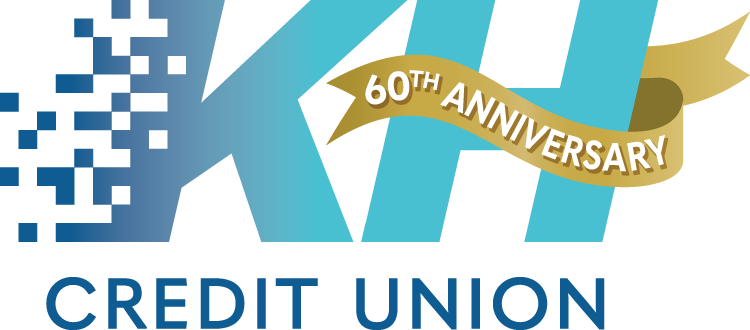The investing information provided on this page is for educational purposes only.
A tax refund can be an opportunity to advance financial goals, whether you need a shovel to dig your way out of debt or a launching pad to generate more income.
The average tax refund in the 2023 tax season was $2,753, according to filing season statistics reported by the IRS. It’s a potentially robust amount that can make a difference if it’s prioritized in a way that makes sense for your situation. And you can set aside a sliver for fun or self care, as some experts suggest.
“Take a little bit of it — no more than 10% — and do something for yourself like treat yourself to a nice dinner, maybe a new outfit or something like that,” says Jessica Allen, an accredited financial counselor based in Tennessee.
Taking a small portion to spend however you want can encourage discipline and focus over decades to keep on track with your financial plan, according to Yusuf Abugideiri, chief investment officer at Yeske Buie, a Virginia-based financial planning firm. As for that 90% or more, allow your goals to dictate where it goes.
Here are some ways to use your tax refund to get ahead financially.
1. Build credit
If you need to build credit or get a second chance at it, consider using the tax refund to put down a deposit on a secured credit card. It’s not uncommon for some of these cards to require an upfront deposit of several hundred dollars.
When you’re researching secured credit cards, look for ones that have no annual fee; that offer a potential upgrade path to a traditional unsecured credit card; and that will report your payments to all three major credit bureaus (Equifax, Experian and TransUnion). With a good payment history, you can eventually get the deposit back after closing the card or graduating to a better card with the same issuer.
2. Pay off debt
If you’re carrying a high-interest balance on a credit card, a tax refund can help you ditch that debt more quickly. In addition, if you’re able to lower your credit card’s interest rate, you can make an even larger dent.
If you have multiple debts, consider one of two approaches: Tackle the one with the highest interest rate, through the debt avalanche method, or attack the smallest balance first, with the snowball method. Whichever debt you prioritize, remember that it’s still important to keep up with payments on all other debts.
Allen is a fan of the snowball method because it incentivizes people and builds confidence as they make more progress toward their goal.
“I don’t know about you, but when I accomplish a whole bunch of small goals I feel super-good and it makes me get to that bigger goal,” she says.
3. Save for an emergency
You could also put your tax refund toward an emergency fund — with a goal of getting that fund to at least $1,000 — to prevent you from accruing debt when the unexpected happens. Make the most of a tax refund by putting it in a high-yield savings account at an online bank, ideally one that offers an annual percentage yield of 4% or more.
If you’re debt-free, work toward saving the recommended three to six months’ worth of living expenses.
4. Invest in your ability to generate more income
If you’re looking to advance professionally, build a business or bring in additional income, a tax refund can propel those goals forward. Make yourself more marketable in a profession by earning certifications or training that will allow for more job opportunities or a salary increase. Or use a tax refund toward buying the training or equipment needed to start a business or side hustle.
5. Invest for retirement
When debt isn’t the focus, you can think about putting a tax refund to work in retirement accounts. If your company offers one, snag the match on a 401(k) by increasing your contributions, or fund a traditional or Roth IRA. In 2024, you can save up to $7,000 in an IRA ($8,000 if you’re 50 or older), and up to $23,000 in a 401(k) ($30,500 if you’re 50 or older). If you’re already on track with these goals, consider investing elsewhere.
“If IRAs and 401(k)s are already being addressed in a savings plan, you can look at just putting it in a brokerage account,” Abugideiri says.
A brokerage account is an investment account through which you can purchase stocks, bonds and mutual funds.
6. Save for your child’s education
With your financial ducks in a row, you can explore whether investing your refund in a tax-advantaged account like a 529 plan makes financial sense to save up for your child’s college education. However, don’t prioritize this option over other financial goals like retirement, and think carefully about the potential drawbacks.
For instance, your child may decide not to go to college, and penalties could apply if earnings are withdrawn for nonqualified expenses. Providing financial security for children may be a top priority, but a good way to do that is by taking care of yourself financially — to help them avoid having to do that for you down the line, Abugideiri says.
“You can take out a loan for college, but you can’t take a loan out to cover [all] your retirement expenses,” he says.
This article was written by Melissa Lambarena and originally appeared on NerdWallet.
